That time of year again. And once again reprinting a bit about shooting fireworks. Happy 4th!
It is the Fourth! Break out the hot dogs, the beer, the ball game and the tanning lotion. Not to mention the tripod and a cable release.
At this time of year, in preparation for the coming 4th of July, I reprint a chapter from the LIFE Guide to Digital Photography, in which I wrote about hopefully most of the nuances and details of shooting fireworks.
Everybody loves to shoot fireworks. It has lots of connotations–holiday, patriotism, hot dogs, weekend, kids, family. Time to relax. Time to shoot some pictures.
Okay, make a checklist. Camera. Wide angle zoom. Telephoto zoom. Flash cards. Cable release. Spare camera battery. Tripod. Headlamp, and hand held flashlight. Watch with timer function. Black card. (More on that later.)
That’s pretty much the photo kit. What else to think of? Rain gear, both for cameras and you. You can get fancy rain gear designed for cameras and lenses, or just use plastic bags and baggies. Couple of bungee cords to keep the bags on the camera if the wind starts whipping about. Water and power bars. You’ll be out there a while. Bug repellent. Comfortable clothing and shoes. The car might be quite a ways away, and you’ll be walking a fair piece. Advil. (Advil is always on my equipment list.)
Anything to do beforehand? You bet. Scout the location. Best to know what you are getting into, where they shoot the fireworks from, what the background will be like. How big will the display be? How long will it go for? Most fireworks displays are well over in a half hour or less, and if you are stumbling around in the crowd looking for a spot and trying to setup in the dark, you’ll just be starting to make decent exposures as they light up the sky with the crescendo and say goodnight till next year.
That’s right, next year. Most big shoot ’em ups are yearly events. Argh, the pressure!
So scout. Get your spot. Get there early. I mean early. Like, be the first car in the parking lot. Pack a soft cooler sling bag, throw an icepack in there, and know that in that bag is your sustenance till maybe late at night. For jobs like this, my Ipod and earphones are a must. Maybe a collapsible chair, and a small waterproof tarp. Think your way into this. What could go wrong? It’s a photo shoot, so the answer to that is, just about everything. Try to ensure success by envisioning the shot and the potential problems in making the shot before you walk out the door.
Like, do you need a permit to put your tripod down? Did you have to call the town about this adventure? Most likely not, but in this post 911 world, photographers are often treated as being just this side of a recidivist offender, so it might be worth a phone call.
Okay, prepped and ready. Time to frame up the shot, which is a bit trickier than you might think. First off, when I shoot fireworks, I always get my frame, plus about 20%. I can always tighten up, but I want to give those fireworks room to play up there in the heavens. Frame too tight, you’ll have tracer lines of color going right out of the upper part of your picture, creating lines of interest that will pull your viewer’s eye right out with them.
So give them room to breathe and determine whether the shot is horizontal or vertical. Remember that most fireworks pix, if they are just of the explosions in the sky, are, at the end of the day, an exercise in color, nothing more. Even something as splashy as a pyrotechnic display needs context. So perhaps you can frame up with the object that is being celebrated, such as the Statue of Liberty. Or use the semi-silhouetted crowd as a foreground element. Or boats and bridges out in the water, with the water acting as a giant reflector board filled with color.
F8 is a reasonable starting point. Some photogs I know go even lower on the aperture scale, down to f11 or even f16. Over time, you will find which settings work for you. (I used to take notes at the end of a fireworks job, just to keep myself tuned up for next year. No real need for that anymore, as the metadata tells you what works and what doesn’t.)
Set the shutter to bulb. This mode keeps the shutter open as long as the release button is pushed. But you are not physically pushing that button are you?! No! This is absolutely a job for a cable release. Nowadays, most cable releases are simply electric cables which jack into the camera and activate the shutter. When you punch the button on the cable release the shutter is at your command, and will stay open as long as you want. And, very significantly, the button you are pushing is not on the camera or the tripod. With lengthy exposures, even the slightest jiggle or vibration is the enemy.
This is important, because at f8, the shutter will be open for a while, meaning anywhere from four to 10-15 seconds. (Remember if you have a foreground element in the picture, such as a monument, you have to make sure that lit up monument is exposed properly. In many ways, that foreground object will determine the length of your exposure.)
The variations that may occur with your framing are the reason to have at least a couple lenses with you. As mentioned above, two reasonable zooms, one wide and one telephoto, should do you fine.
Metering? Yikes, how do you meter a fast moving rocket moving through the black sky? The answer is, you don’t, really. This is a situation to shut off a bunch of the auto this and that on the camera, and go manual. Also, make sure to turn the flash off. Some cameras will read the darkness in in certain modes and activate that puppy. Ever see the opening of an Olympics, where thousands of people are using point and shoots, and their flashes are going off like crazy? Know what they’re lighting? The shoulder of the person in front of them. Fireworks, unless you are trying a radically different approach, are generally a no flash zone.
Okay, now set up manual. Fireworks are brighter than you might think, so you don’t need to open the lens really wide, which is a bit counter-intuitive, I know, ’cause it’s dark. But my experience with fireworks wide open is that you drain the color out of them. They’ll just register as a white streak. Be careful. You can over-expose fireworks quite easily.
Again, due to the brightness of fireworks, you can work at a reasonable or even low ISO. Something in the neighborhood of 100 or 200 will do fine. The faster your ISO, the shorter your shutter speeds, which will deprive you of recording those wonderful tracers of light into the sky.
Some shooters time the launch of the rockets and open their shutter accordingly, keeping it open for, say, 8-10 seconds, then closing down. This ensures that they will record the path of the pyrotechnic into the night sky, and it’s explosion. This is a fine approach. Give it a try.
Others use a black card. A black card is just that, a black card. Nothing mysterious or fancy. It can be a piece of black cardboard, or foam core board. Or it can just be an index card covered with black tape. (Be sure it is not shiny tape. That might pick up slivers of light and reflect it back into the lens. Use a matte black type of photo tape, often called gaffer tape.)
This way, you can keep your shutter open for very lengthy periods of time, and record multiple starbursts. You open the shutter, and shoot one explosion, then cover the lens with the card, and wait for the next. You can experiment with this trick, and produce really terrific results by layering multiple fireworks into one picture.
(Also, say, you have the Brooklyn Bridge as an architectural element in the foreground, and the proper exposure for it is f8 at 10 seconds. This limits your fireworks shooting range, right? Gotta get the bridge right, so the exposure is a done deal. But, with the black card, if you are quick enough, you can uncover just the upper portion of the sky, while blocking the area of the lens which is recording the bridge. This is dicey. You have to move the card quickly, hovering it around where the bridge ends and the sky begins. If you have ever made a black and white print in the darkroom, think of this as burning and dodging right at the camera lens. Can’t keep the card static or it will create a hard line of obvious exposure change. It has to hover, quickly jiggling around that sky bridge borderline. If you pull this off right, you can keep your lens open for several batches of fireworks, extending over 20-30 seconds, filling the sky with color. But this is an experiment! Back yourself up by shooting some “straight” frames.)
At the beginnings of the digital rage, this technique was a bit problematic, because seriously lengthy exposures produced a lot of digital noise. The longer the shutter is open, the longer the chip is “on” building up heat with every passing second. That sensor heat would really fray away at the quality of the digital file you would be trying to produce. Bad news. Long time exposures were the Achilles heel of early digital cameras. Predictably, advances in digital camera technology have smoothed out a lot of those problems, but it is wise to experiment with your particular model and see what its’ tolerances are. As you might suspect, the higher end models handle long exposure well, while the more basic cameras will have limitations. Get to know what your camera is capable of. In many current cameras, you can turn on a function called “long exposure noise reduction.” Hugely helpful.
Other bits and pieces: Don’t shoot all night long at one exposure. (If you are on bulb, you definitely won’t anyway.) But this is an occasion for bracketing, and shooting as many frames as possible. Also, shoot right away when they start! Fireworks displays can build up a lot of smoke over a series of explosions, and if you are smack in the wind pattern that blows that smoke towards your lens, you can end up thinking you’re shooting a war zone. So shoot immediately, and fast.
Have a wonderful, safe 4th of July, everybody! More tk…
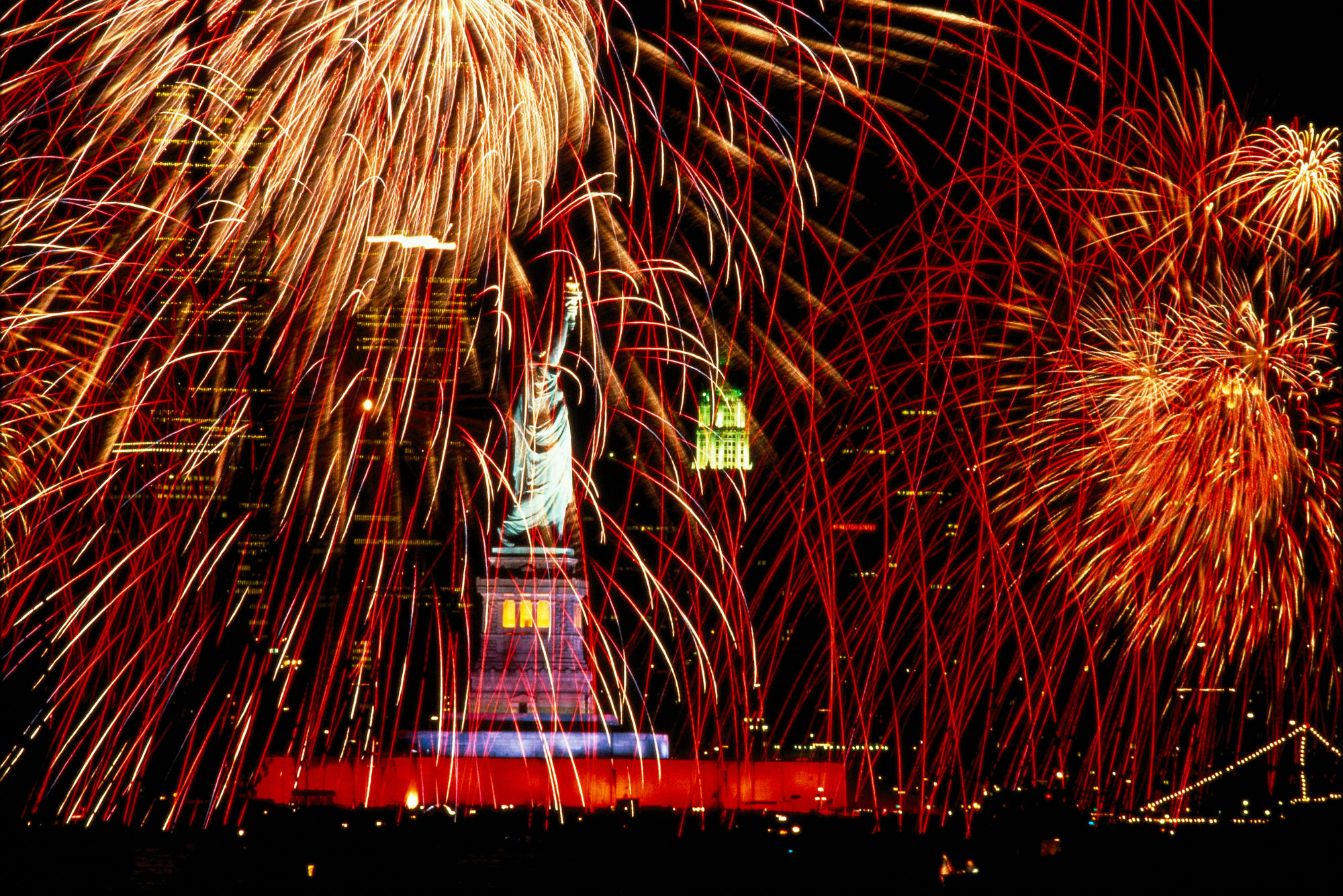
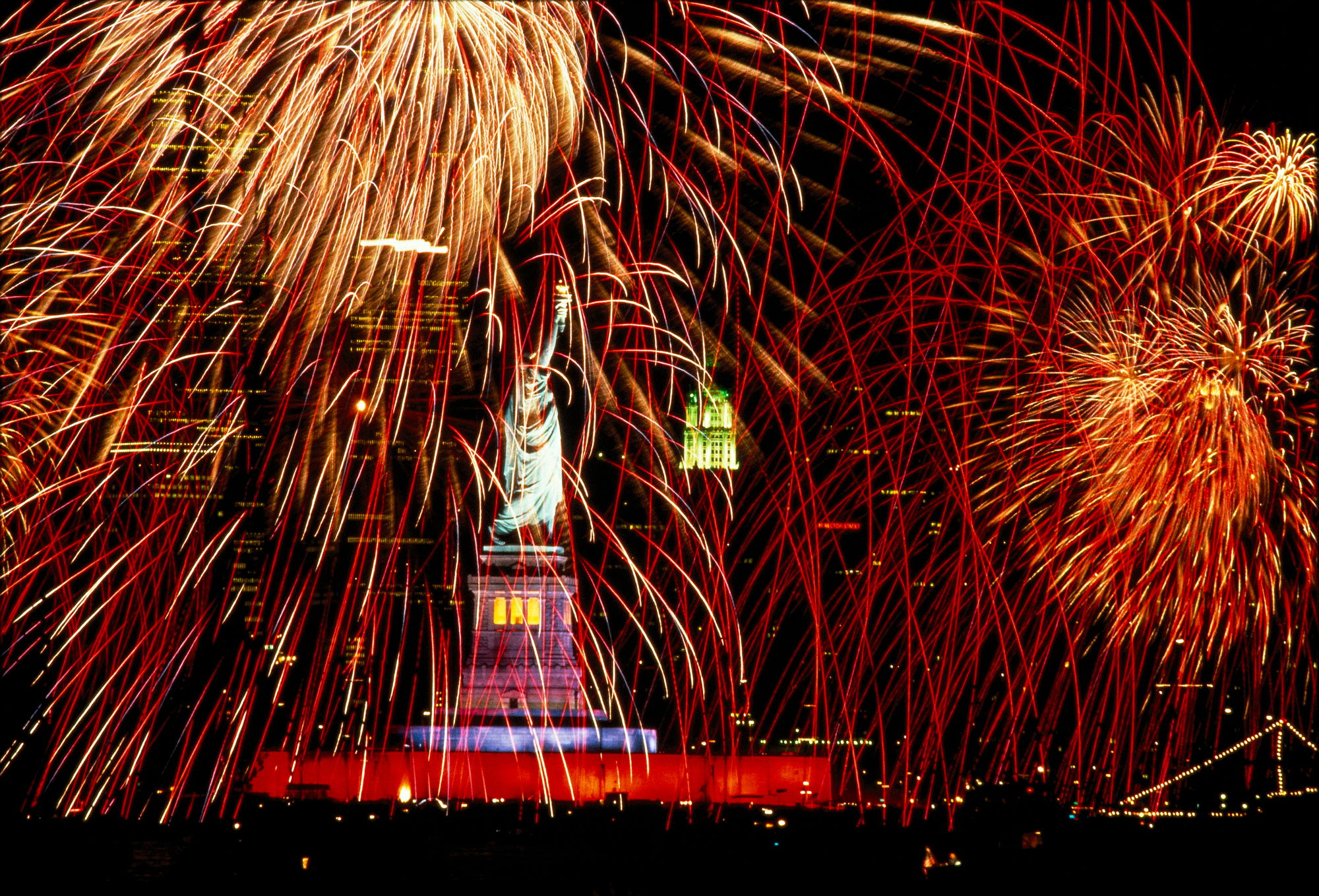
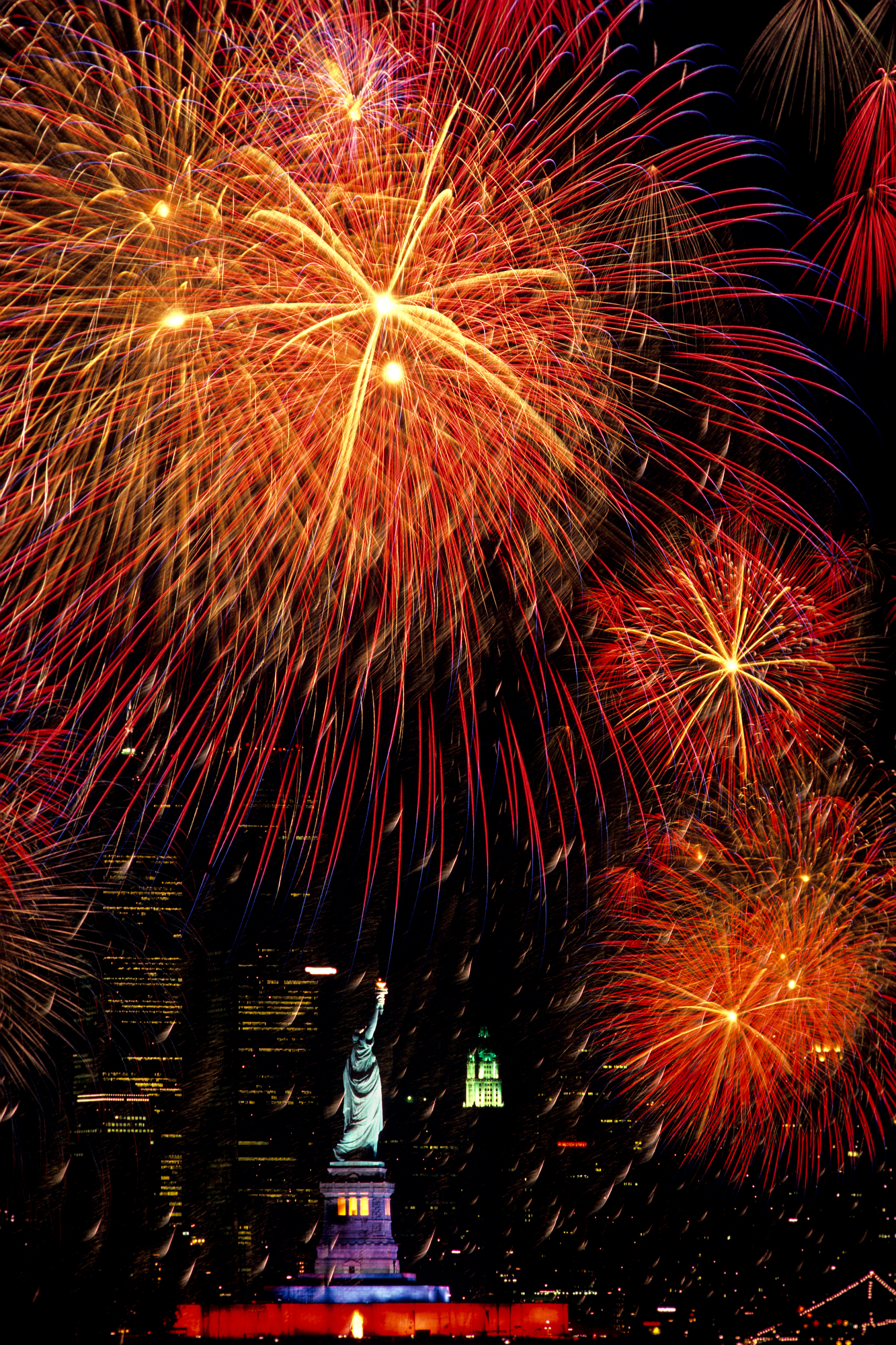
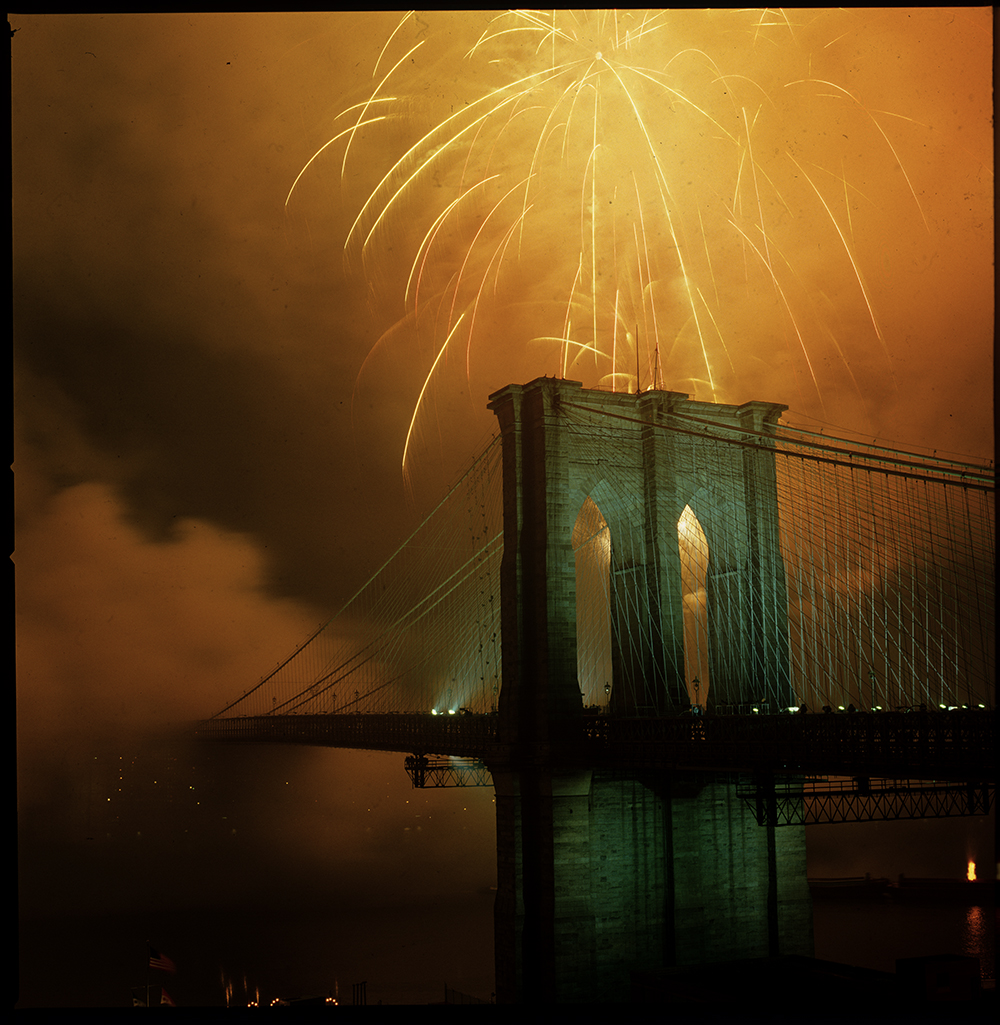
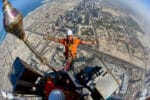
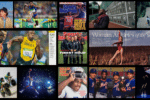
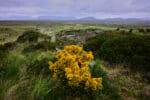
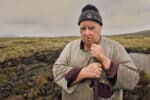
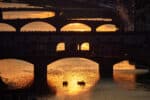
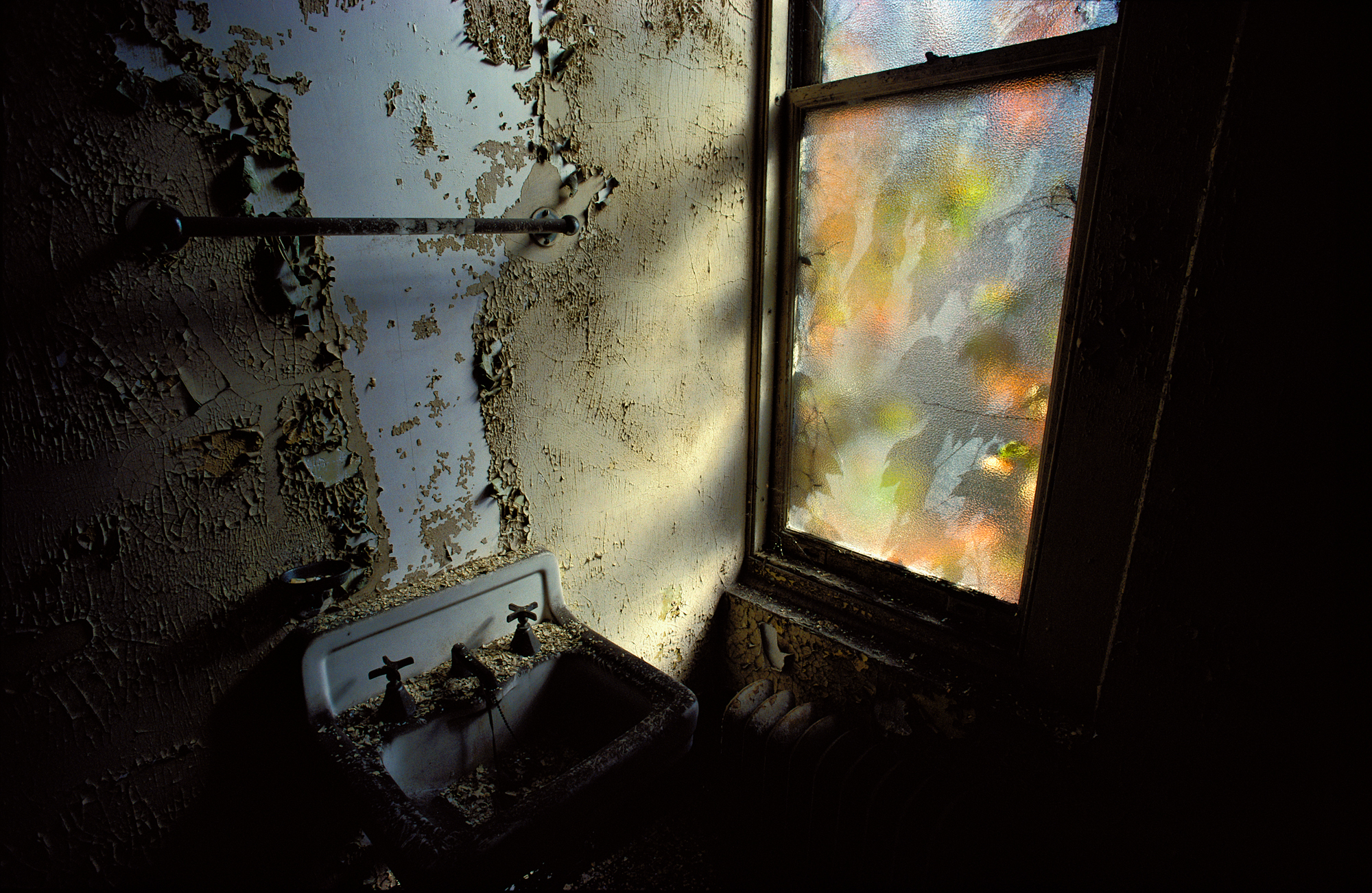
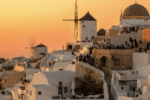
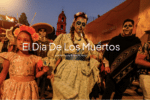
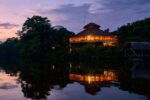
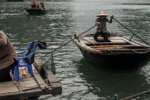



Great content as always, keep on publishing great blogs.
Hi Joe, great stuff! If can get here to Calgary, Alberta, Canada in July you can shoot fireworks for ten days in a row during the Calgary Stampede. You can really dial it in.
Eric
Nice shot Joe! Looks like we were not far from each other…along with the hundred-plus other photographers shooting from this pier…lol! http://tinyurl.com/statueliberty01
Thank you for sharing your insight. Great post and great site! You are an inspiration to us all.
I’ve found the closer I get, the smaller an aperture and lower ISO I use to get a result I like. I’m big on 15 seconds @ f11-16 ISO 100 if I’m essentially looking right up into the burst, and ISO 400 and f8 is they’re in front of me.
And as usual, I didn’t stay in a Holiday Express last night… Put the gear up an experiment..
Thanks so much, will try this tomorrow. On a double exposure
Beautiful images!
I’ve got fireworks to shoot at an event in August, although with a couple to take portrait pictures of too, so will have to combine the above with some off camera flash I think!
Appreciated as every year! And every year I asked myself how you managed to get the Statue and the Empire together in that frame, Joe. Helicopter and very long lens? Anyway, awesome shot.
Appreciated as every year! And every year I asked myself how you managed to get the Statue and the Empire together in that frame, Joe. Helicopter and very long lens? Anyway, awesome shot (needless to say 😉
Great shots, Joe – I have people every year ask me for tips and now I’ll point them here.
Amazing Camera Work.. Beautiful Images
Thanks for the tips. I will try shooting fireworks with your tips soon.
Perfectoooo
Wonderful post. Thanks for sharing this beautiful blog post with amazing snaps.
Thank you for sharing good tips and your photos are so beautiful. I will try to use these tips when I go to firework festival.
There’s always the tradeoff with long and short streaks. It’s hard to know how much smoke affects the shot until you get home!
There are few key moments in the year: the 1st of January with its Viennese concert, the 14th of July (I’m French), my birthday, and Joe’s blog on July the 4th!!!!
I love it, it is like a tradition now!!! And the timing is perfect because 10 later, the Eiffel tower gets dressed with fire! Thank you Joe for your tips, I can’t wait to see how my pics will be this time!!! Marc
Interesting stuff. Thank you for sharing worthy post with important tips and amazing photos.